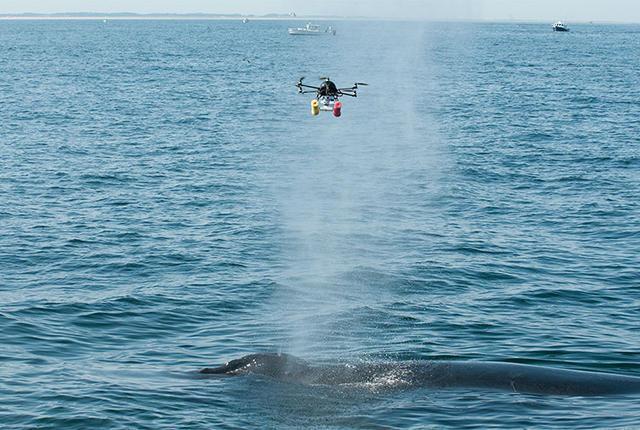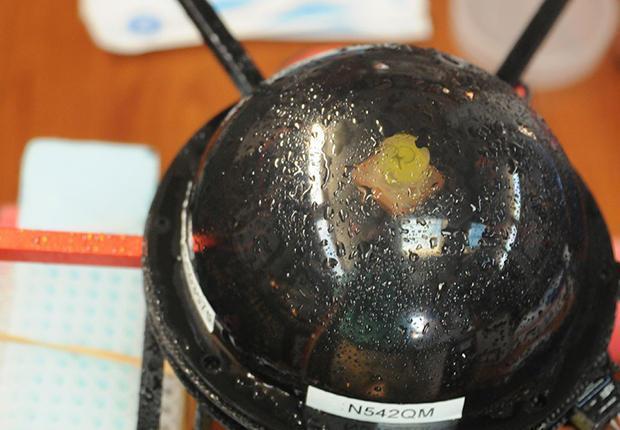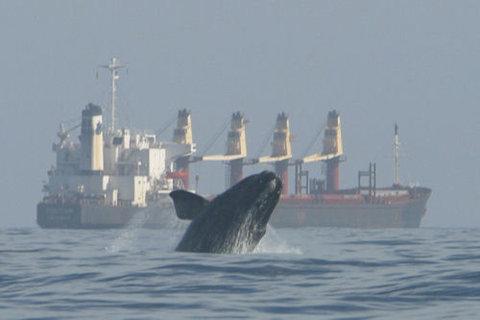Researchers use Drones to fly through Whale spouts to study the breath of Whales.
Though a whale’s spout looks like a stream of water, that’s actually water vapor from the warm breath being expelled from the whale’s lungs.
When a whale comes to the surface after a dive, it breathes out the air in it’s lungs. So the “spout” you see is not a fountain of water; rather, it’s a stream of warm air being forced out of the whales lungs, aka the whale’s breath. This condensed water vapor looks like steam – the same thing happens when you “see your breath” on a cold winter day. Whales are regularly exhaling a lot of valuable data.

IMAGE CREDIT: PHOTO BY MICHAEL MOORE, WOODS HOLE OCEANOGRAPHIC INSTITUTION; ACQUIRED UNDER NATIONAL MARINE FISHERIES SERVICE PERMIT 17355-01 AND NOAA CLASS G FLIGHT AUTHORIZATION 2015-ESA-4-NOAA -
Scientists from the Woods Hole Oceanographic Institution in Massachusetts and the National Oceanic and Atmospheric Administration are capturing samples of whales’ breath, using a drone to collect data on the health of endangered whales.
Though a whale’s spout looks like a stream of water, that’s actually water vapor from the warm breath being expelled from the whale’s lungs. The drone flies through this stream of breath (vapor) and collects oily droplets that accumulate on the surface of the drone. Forced down by the downdraft of the UAV, the whale’s snotty breath liquid lands on the whalecopter’s plexiglass dome (seen below).

Image Credit: Michael Moore, Woods Hole Oceanographic Institution
From this tiny samples (only a few tenths of a milliliter at most), scientists can determine valuable information about the whales. Like their family history, stress levels, and body fat levels. The microorganisms found within the whale’s respiratory tract can help researchers track diseases and health. Flying just 3meter above sea level, the initial survey collected 20 breath samples from 16 whales from the Stellwagen Bank National Marine Sanctuary.
 England stretch of ocean is home to more pollution and traffic from shipping and fishing vessels, and this breath samples will paint a more complete picture of how the factors of New England stretch of ocean’s pollution and traffic from shipping and fishing vessels will and/or can affect the health of these whales compared to whales in more pristine regions of the ocean.
England stretch of ocean is home to more pollution and traffic from shipping and fishing vessels, and this breath samples will paint a more complete picture of how the factors of New England stretch of ocean’s pollution and traffic from shipping and fishing vessels will and/or can affect the health of these whales compared to whales in more pristine regions of the ocean.
According to Woods Hole Oceanographic Institution marine mammal researcher Michael Moore, initial results from the survey will be available in 2016.
Call us and schedule your listing today! Contact Us
Copyright © 2025 Hermanus Online Magazine. Web Development by Jaydee media.
